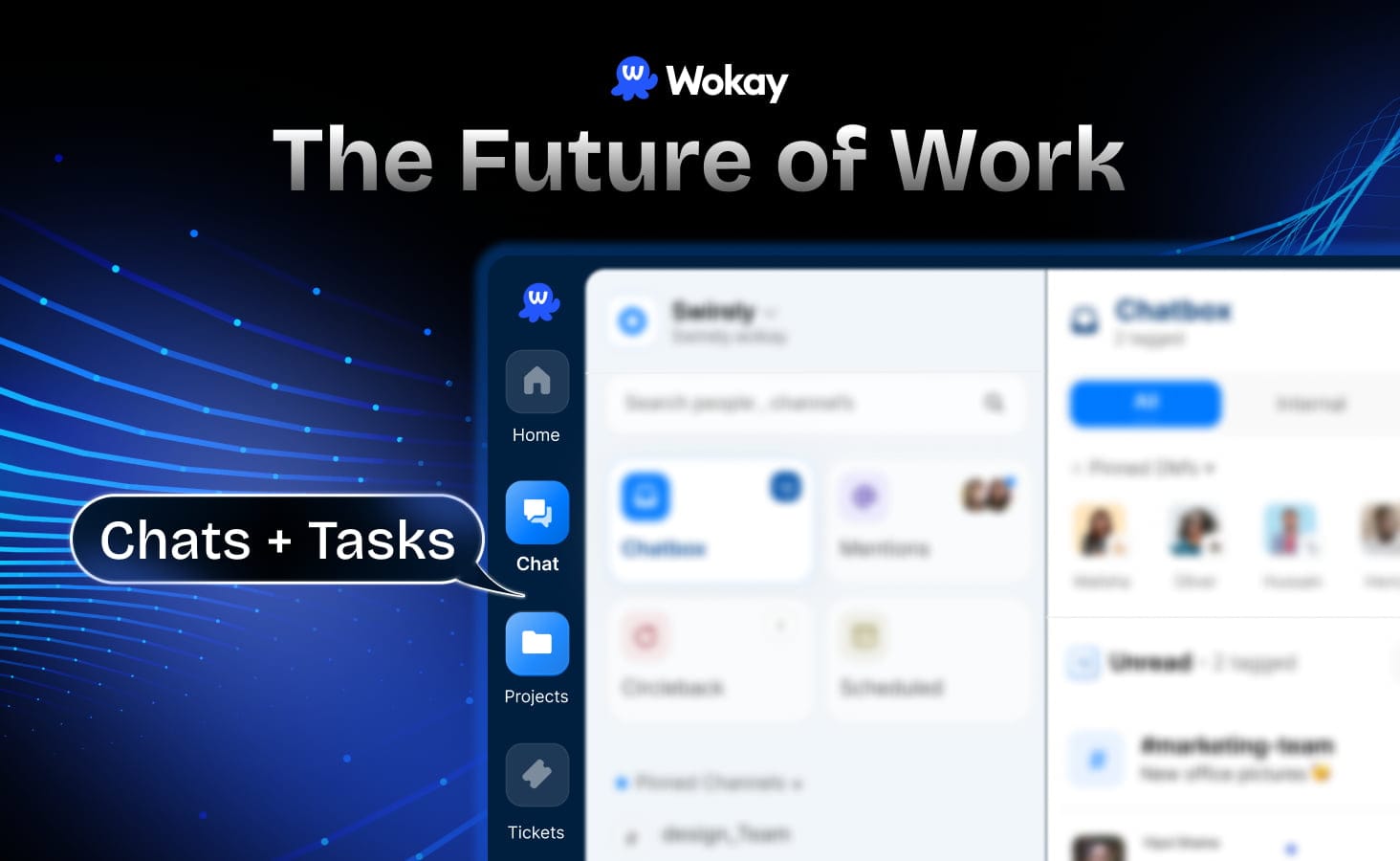In 2025, the appetite for alternatives to popular team collaboration tools like Slack and Asana remains strong.
While these platforms pioneered modern team communication and project management, many users now face challenges like growing costs, app overload, and feature gaps that don’t quite fit evolving hybrid work styles.
Why Are People Looking Beyond Slack
Slack’s instant messaging, file sharing, and app integrations set the standard for workplace communication. However, users often experience overwhelming notification issues, complex interfaces, and expensive pricing plans — especially when combining Slack with other standalone project tools. This spurred a growing demand for alternatives that simplify communication without sacrificing key features.
Many teams want platforms better suited for hybrid and frontline workers, with leaner interfaces and fewer apps to juggle. These alternatives aim to cut down on tool fatigue and enhance productivity in more focused, accessible ways.
What’s Driving Interest in Asana Alternatives
Similarly, Asana’s project management capabilities are robust but can feel restrictive or pricey for some teams. Managing separate communication and task-tracking apps creates friction, especially for small to mid-sized businesses juggling multiple workflows.
Emerging alternatives seek to offer more integrated and user-friendly experiences. Teams want the flexibility to customize workflows and automate mundane tasks. Cost transparency and scalability are also top priorities for these decision-makers.
What Do Users Really Want
The data clearly points to a shift toward tools that offer:
Cost-effective, simple pricing models
Seamless support for hybrid and remote teams
Integrated workflows that combine communication and task management
User-friendly design requiring minimal training
Reduced need to switch between multiple platforms
This trend reflects a broader need for solutions that streamline everyday work, making it easier to collaborate and get things done with less friction.
A Subtle Nod to Unified Collaboration Solutions
While many alternatives fill specific gaps left by Slack or Asana, there is growing recognition of the value in all-in-one platforms that blend chat, project management, and productivity automation. These unified solutions aim to put communication and work execution in one place, helping teams reduce complexity and work smarter—not harder.
Platforms like Wokay.com illustrate this emerging direction by offering teams a consolidated environment for messaging, task management, and AI-powered productivity without the distraction of switching apps constantly.
This reflects what many modern teams look for as they rethink collaboration tools in 2025 and beyond.
It's Time to Make Your Business Future-Ready
Overall, the evidence confirms that people do want Slack and Asana alternatives —not just copies but smarter, more adaptable tools that fit today’s diverse ways of working. The evolving landscape suggests that future winners will be those who offer coherence, ease, and cost-efficiency wrapped in a unified experience.
In this context, curious to explore Wokay.com? Book a free demo now!





